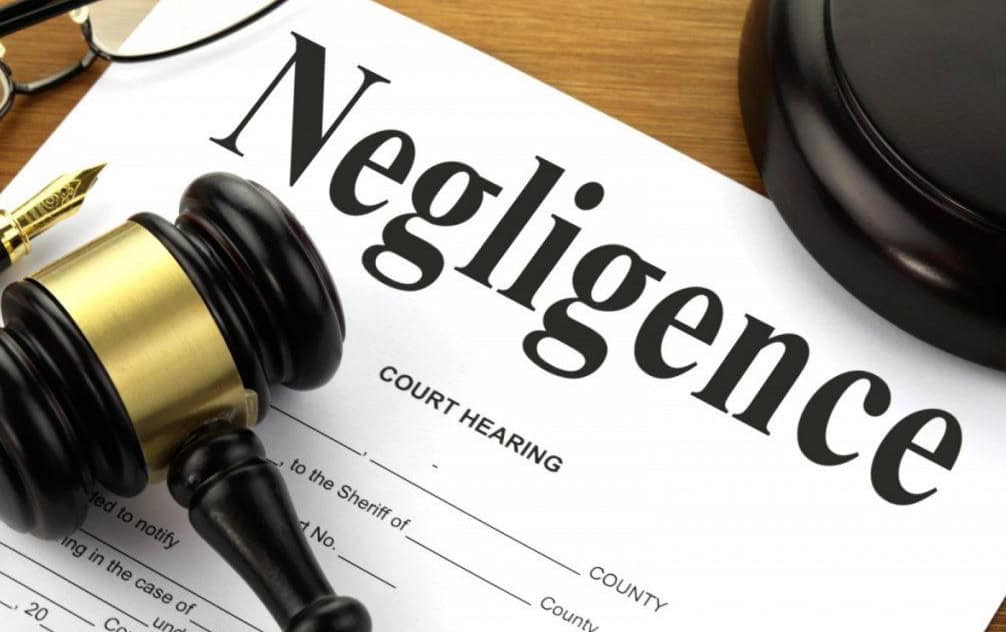Personal injury cases depend critically on negligence since it determines whether the injured party is eligible for compensation. Someone may be entitled to seek damages if their injury results from another person’s irresponsible behavior.
Table of Contents
Still, proving negligence is not always easy. For you to get compensation after an accident, understanding the processes involved in proving negligence is crucial. This guide will walk you through the process so you are sure what evidence you need to support your case.

Understanding Duty of Care
Establishing that the defendant owed a duty of care to the harmed party comes first in proving negligence. Duty of care is the legal obligation to act in a way that prevents injuring other people.
Drivers, for instance, have an obligation to drive their cars responsibly, following traffic rules, and considering other road users. This responsibility covers many spheres, including business environments where businesses are supposed to keep safe surroundings for staff members and clients.
It is important to show that the defendant had a clear duty of care if one wants compensation following an accident. A negligence claim cannot advance without this component. Establishing duty comes first; then, one must decide whether the defendant violated that duty, thereby causing the injury.

Breach of Duty: The Foundation of Negligence in a Personal Injury Case
When a defendant falls short of the expected level of care in a particular situation, a breach of duty results. This could be from actions or omissions of what a reasonable person would do in similar conditions.
When a motorist runs a red light, for example, they violate their duty of care to other road users by disregarding traffic laws. Likewise, a business owner who neglects a known hazard on their property—such as a wet floor without warning signs—may be violating their duty of care to clients.
Proving a breach requires evidence. Demonstrating that the defendant did not act as a reasonable person would depend critically on witness statements, video footage, and even the defendant’s own admission. This data supports the defendant’s behavior as being negligent and directly responsible for the accident.
Establishing Causation: Linking the Breach to the Injury
Establishing causation comes next once one proves a breach of duty. This entails demonstrating that the injury was caused exactly by the defendant’s breach. The injured party has to demonstrate that their injuries would not have happened “but for” the defendant’s actions or lack thereof.
If a red-light runner causes a collision that results in injuries to another person, for instance, the injured party has to prove that the collision was directly caused by the driver’s neglect to stop at the light.
Sometimes causation is difficult, particularly if several elements caused the damage. Still, it’s crucial to show a clear connection between the breach of duty and the damage done. A negligence claim cannot stand without this link.
Demonstrating Damages: The Final Element
Showing that the plaintiff suffered damages as a result of the defendant’s activities completes the process of proving negligence. Damages can be both tangible and intangible.
Medical bills, lost income, and property damage are among the tangible damages sometimes referred to as special damages. Intangible damages, sometimes known as general damages, cover non-financial losses, including emotional anguish, pain and suffering, and loss of quality of life.
The injured party has to show proof of damages, including medical records, receipts, and pay stubs. Calculating the compensation due to the defendant’s negligence depends on this documentation. It also helps determine the degree of the damage done.

Countering Defenses in a Negligence Claim
In many personal injury cases, the defendant might try to absolve responsibility. They might claim that the accident was partially caused by the injured party or that the claimed severity of the injuries was less than accurate.
One must be ready to counterarguments and foresee these defenses. For instance, the defendant might claim that the injured party was speeding at the time of the accident. Evidence such as eyewitness testimony or expert analysis would be invaluable to refute the defendant’s allegation.
You’ll need the services of a reputable personal injury lawyer to represent you throughout the process. Without legal counsel, you might end up losing the case.



